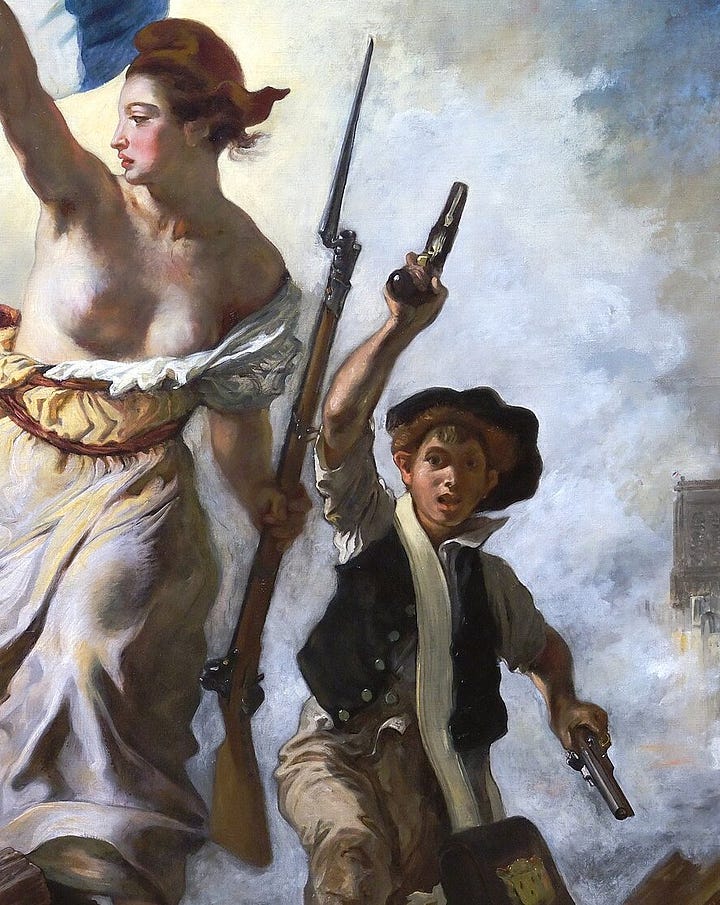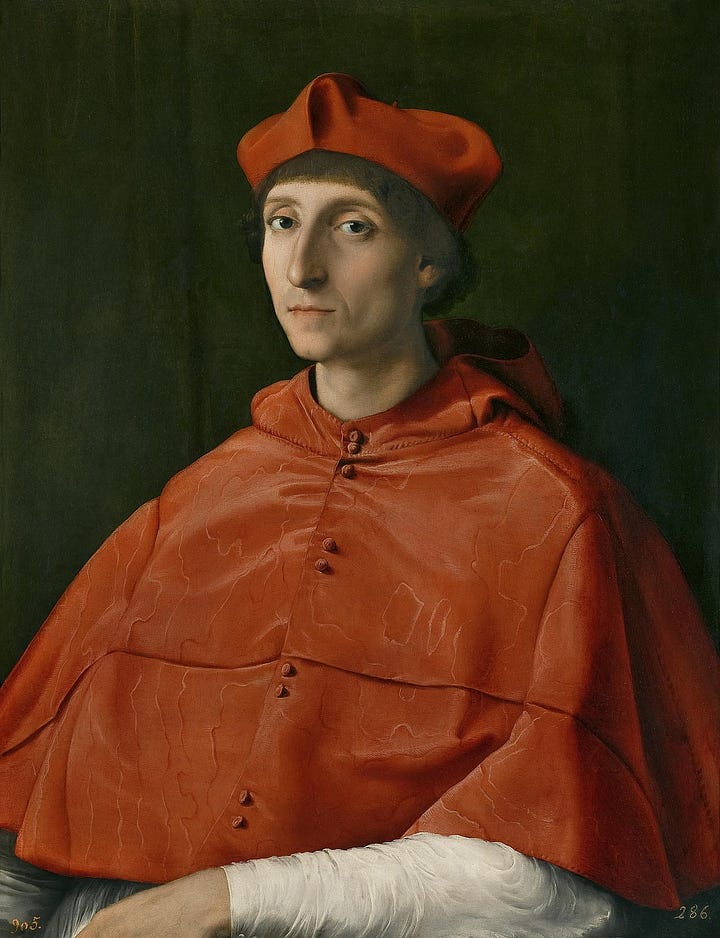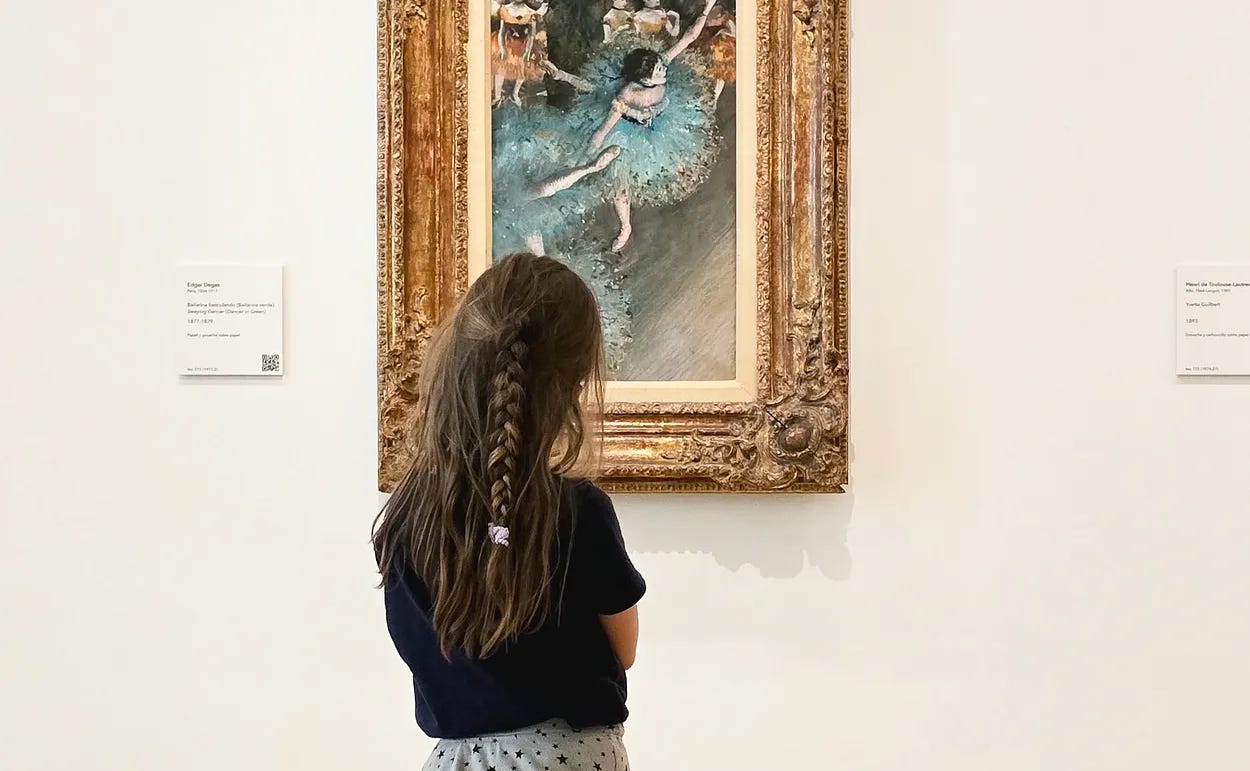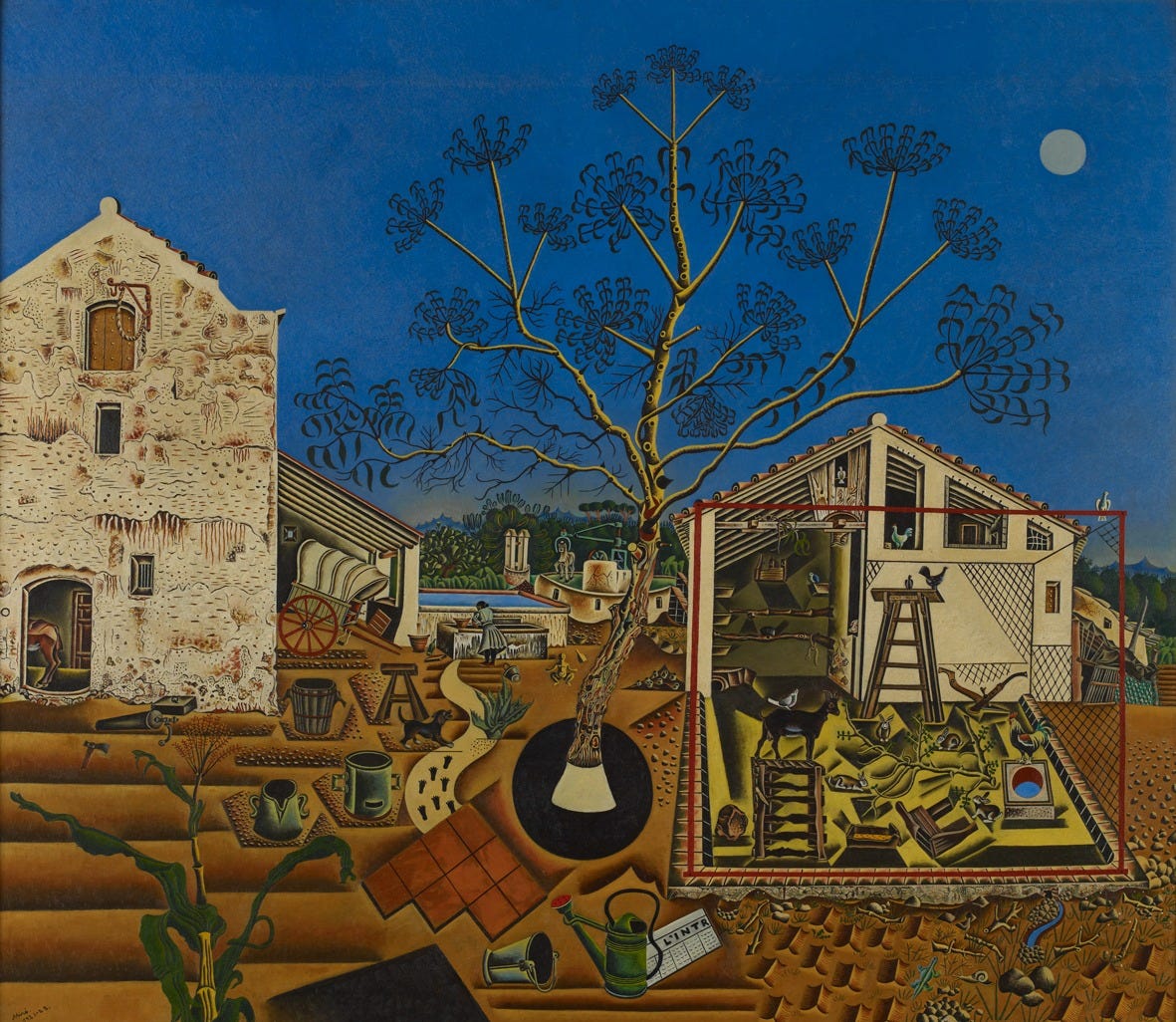[GUIDE] How to Get Children Interested in a Museum
Museum visits with children: tears, complaints, and "when are we leaving?" on repeat. I'm sharing 12 ready-to-use games (ages 5-15) that actually work. 👇
When Museums Were Torture
You know the scene: your child drags their feet through museum galleries, complains every five minutes, asks when you’re leaving. You try to explain why this painting matters, but you can see they’re bored stiff.
I lived through that. For months.
Then one day, I stopped trying to pass on my love of art to my daughter. Instead, I prepared a list of details for her to hunt: “a young man holding a pistol”, “a gentleman with an odd large nose”, that sort of thing. My daughter had her sheet and had to find the corresponding paintings as we visited. A small reward awaited her at the end if she found everything. The penny dropped.


She genuinely scrutinised the paintings, searched, compared. Art became an adventure, a game, an exploration.
Since then, I’ve tested loads of different mechanisms with her, but also with friends’ children and teenagers. Some worked brilliantly, others less so. I’m sharing here the ones that truly work, the ones that transform a museum visit into a moment of connection.
These activities have several practical advantages. You need no special equipment, no sheets to print, no pencils, nothing. You won’t make noise that disturbs other visitors. You can use them in any museum in the world. And above all, they’re free. Everything happens in the exchange between you and your child, in the gaze you share over the works.
Little Explorers: 4 to 6 Years
1/ The Palette of Emotions
How to do it: Stand with your child before a painting containing several figures. Ask them to choose a person and guess what they’re feeling. Happy, sad, angry, frightened?
Then ask the magic question: what makes you think that? Is it the mouth? The eyebrows? The posture?
Then move to the second part. Ask your child how they feel when looking at this painting. Do these bright colours make them happy? Does this dark scene worry them a little?
Concrete example: At the Louvre, before Veronese’s “The Wedding at Cana”, my daughter moved from one figure to another. That one looks happy, he’s smiling. That one looks serious, he’s not laughing. This lady is looking away, perhaps she’s bored.
Why it works: Paintings become supports for talking about emotions. My daughter learnt to name what she was feeling.
2/ The Mystery Painting
How to do it: One person secretly chooses a work in the gallery without naming it. The other asks closed questions to guess. Are there animals? Can you see blue? Is it bigger than me? Whoever guesses chooses the next mystery painting in the following gallery. Alternate roles in each room.
Concrete example: At the National Gallery in Washington, I had chosen “The Farm” by Joan Miró. My daughter asked about ten questions. Are there animals? Yes. More than one? Yes, loads. Is there a house? Yes. Is it day or night? There’s a moon so it’s night. Is there a goat? Yes. Is it on a ladder? Yes. She found it and was tremendously proud.
Why it works: Instead of passing before works without seeing them, my daughter scanned the entire gallery. She searched, compared, stayed active.
3/ The Rainbow Colour Hunt
How to do it: Choose a colour together, red for instance. Walk through the gallery pointing each time you see this colour in a work. Count together how many you find. To make it harder, limit yourselves to one occurrence per painting. Then move to another colour of the rainbow.


Concrete example: At the Prado in Madrid, we hunted for red in the Spanish masters’ galleries. My daughter found 23 reds in 15 minutes. Nobles’ gowns, curtains, fruit, portrait backgrounds. She was proud of her score.
Why it works: My daughter moved between paintings, she didn’t stand rooted before works that didn’t yet speak to her. And she succeeded every time, which motivated her to continue.




